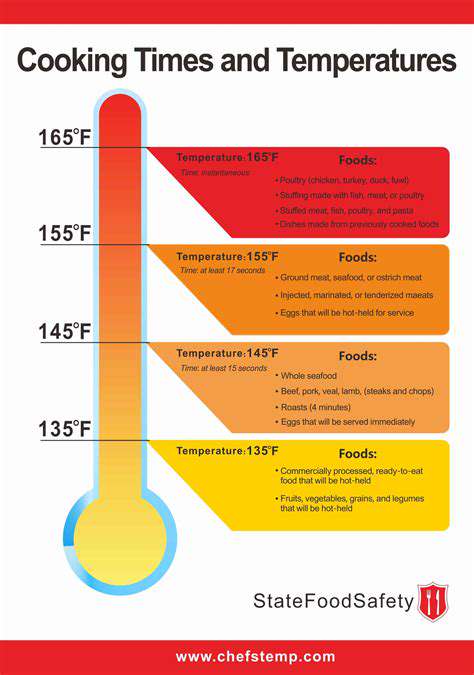Sustainable Food Systems and Future Land Use
Sustainable Food Systems: A Crucial Component
Sustainable food systems are essential for mitigating the environmental impact of food production and consumption. These systems prioritize environmental protection, social equity, and economic viability. They aim to reduce resource depletion, minimize pollution, and enhance biodiversity while ensuring access to nutritious food for all. A transition to sustainable food systems necessitates a fundamental shift in our agricultural practices, from intensive monoculture farming to diversified, resilient approaches that support ecosystem health.
This shift involves embracing practices such as agroforestry, permaculture, and integrated pest management. These approaches not only enhance the productivity and resilience of agricultural lands but also contribute to the conservation of biodiversity and the health of surrounding ecosystems. Furthermore, sustainable food systems prioritize reducing food waste throughout the supply chain, from farm to fork, which significantly minimizes the strain on resources and enhances overall efficiency.
Land Use Changes Driven by Food Production
The current global food system, largely driven by industrial agriculture, has led to significant land use changes. Deforestation for agricultural expansion, particularly for livestock grazing and large-scale monoculture crops, is a major driver of habitat loss and biodiversity decline. This conversion of natural ecosystems to agricultural land often results in soil degradation, water pollution, and increased greenhouse gas emissions.
The expansion of agricultural land also encroaches upon critical ecosystems like forests and wetlands, impacting the delicate balance of these environments. Changes in land use are not only environmental concerns; they also have significant social and economic consequences, potentially displacing indigenous communities and impacting local livelihoods. Understanding these interconnected relationships is vital for developing sustainable food systems and future land use strategies.
Future Land Use: Shaping a Sustainable Future
Considering the ongoing pressures on land resources, a crucial aspect of future land use planning is the need for integrated approaches that consider both environmental sustainability and economic viability. This includes implementing zoning regulations that prioritize agricultural lands with high ecological value and promoting the use of sustainable agricultural practices on existing farmland.
Investing in research and development of climate-resilient crops and sustainable agricultural techniques is also critical. Furthermore, promoting policies that incentivize sustainable food production and consumption patterns, alongside measures to reduce food waste, can lead to more efficient and environmentally conscious land use practices.
The future of land use is inextricably linked to the future of our food systems. By embracing sustainable practices and implementing effective policies, we can safeguard natural resources, protect biodiversity, and ensure a secure and healthy food supply for future generations. This will require innovative solutions, strong international cooperation, and a fundamental shift in our relationship with the land.
The challenge of balancing food security with environmental protection is paramount. A proactive and collaborative approach is essential for charting a course toward a sustainable future for both agriculture and land use.











